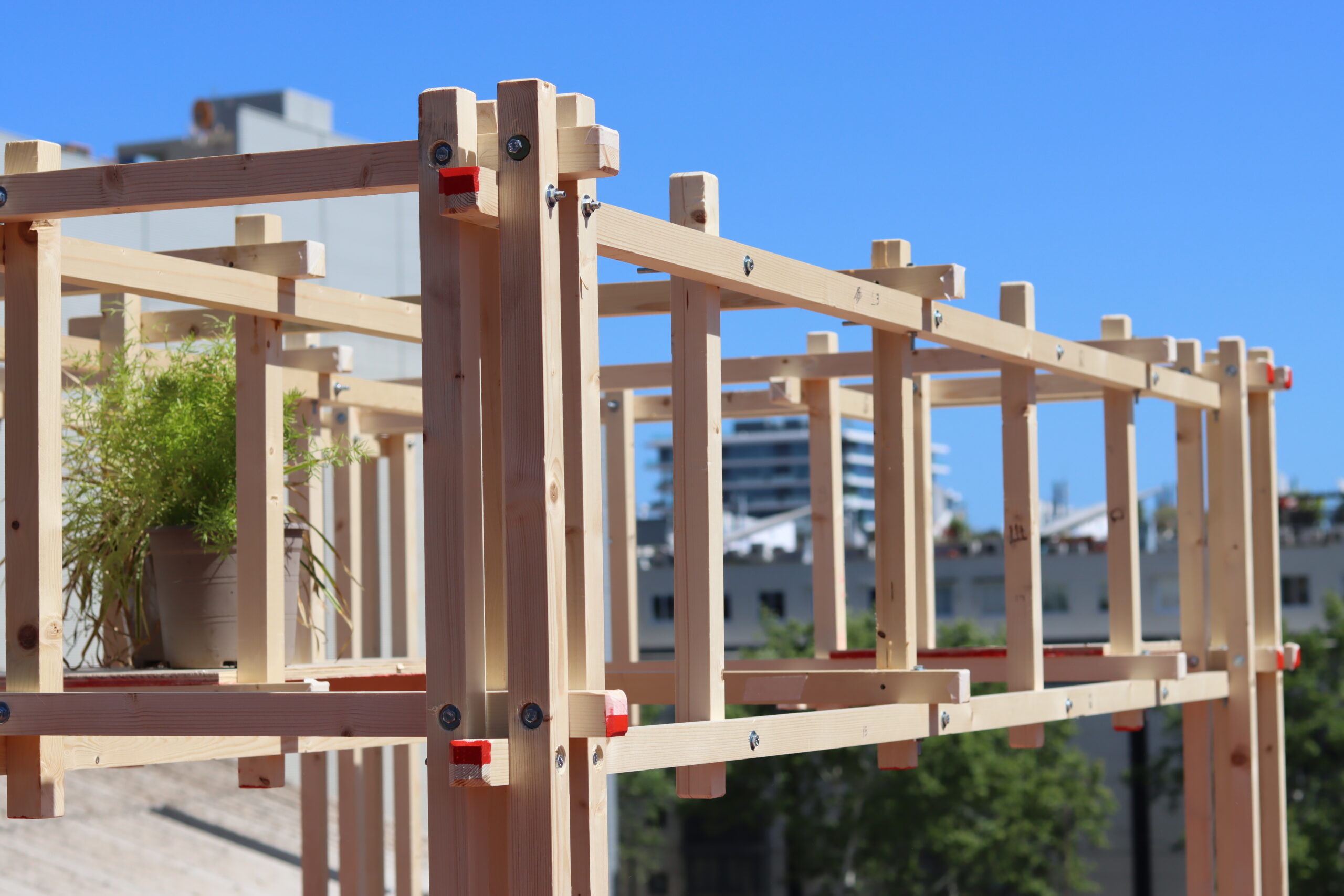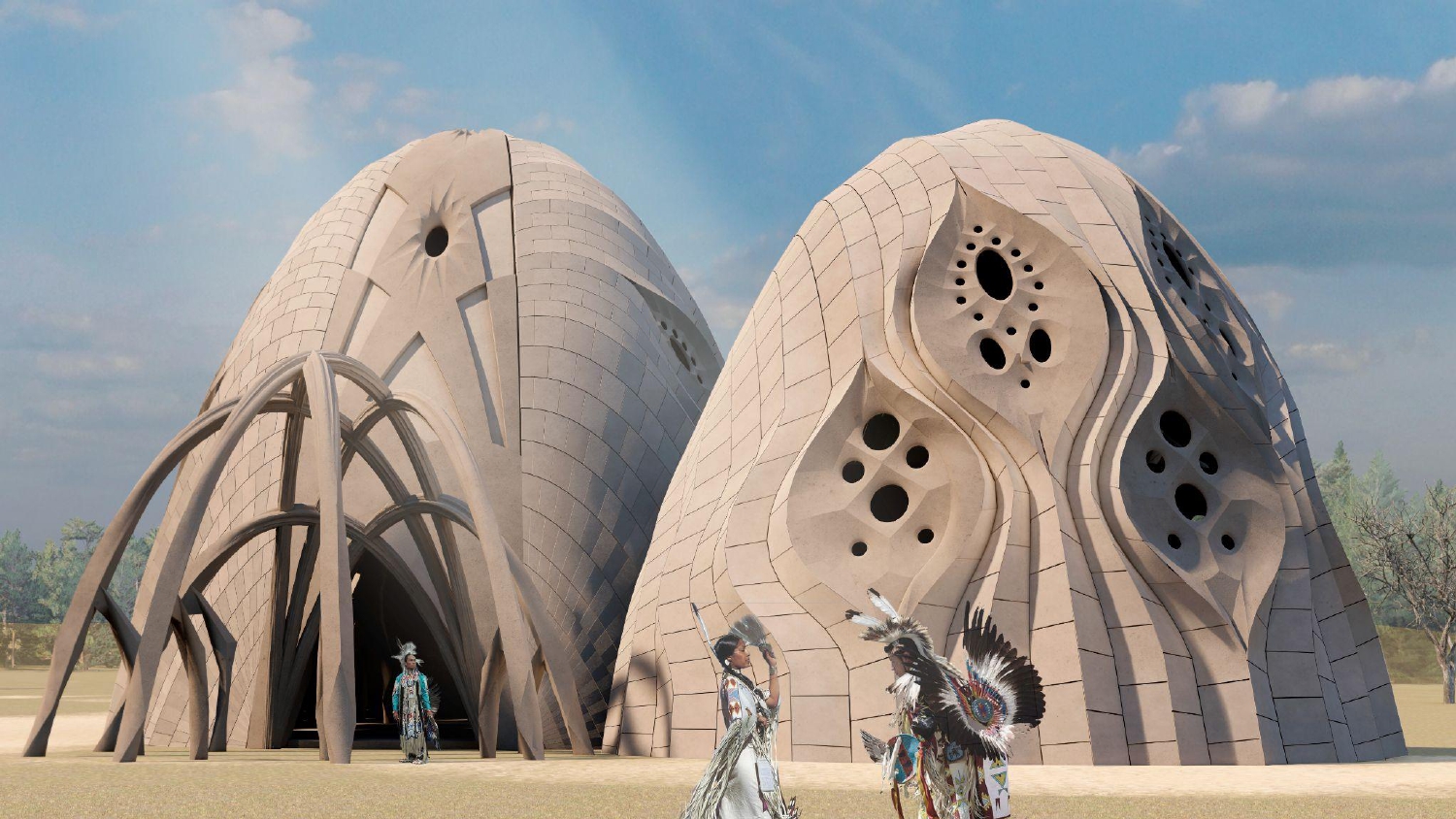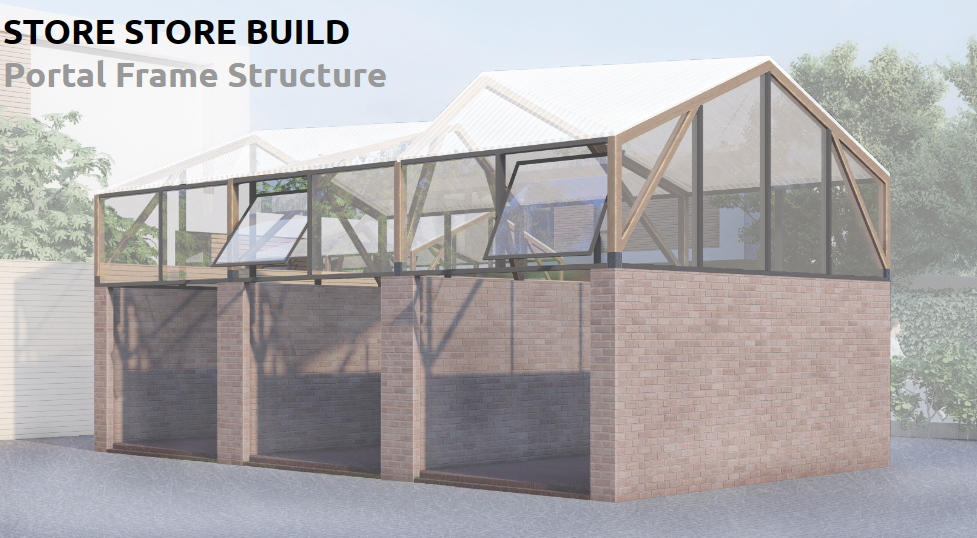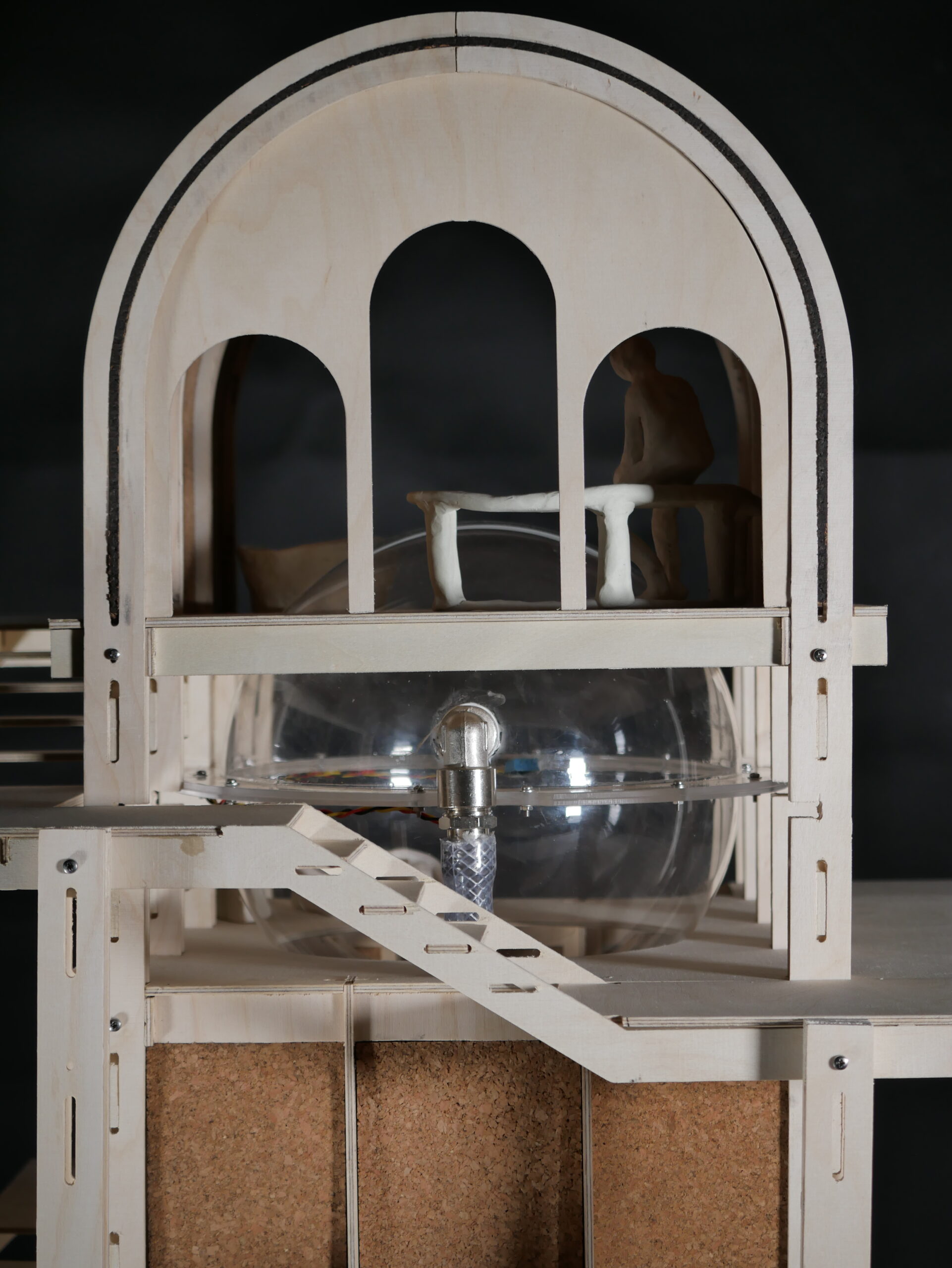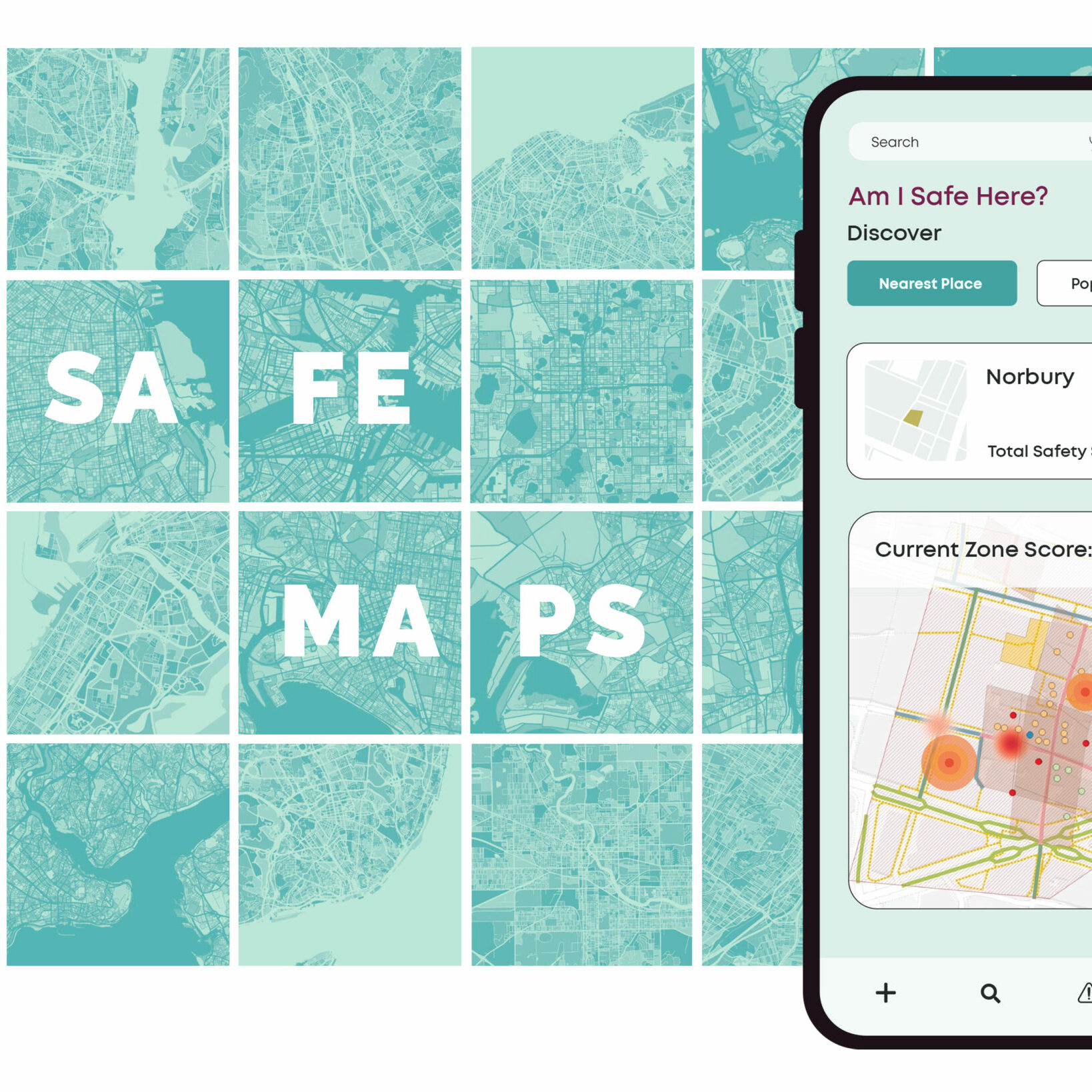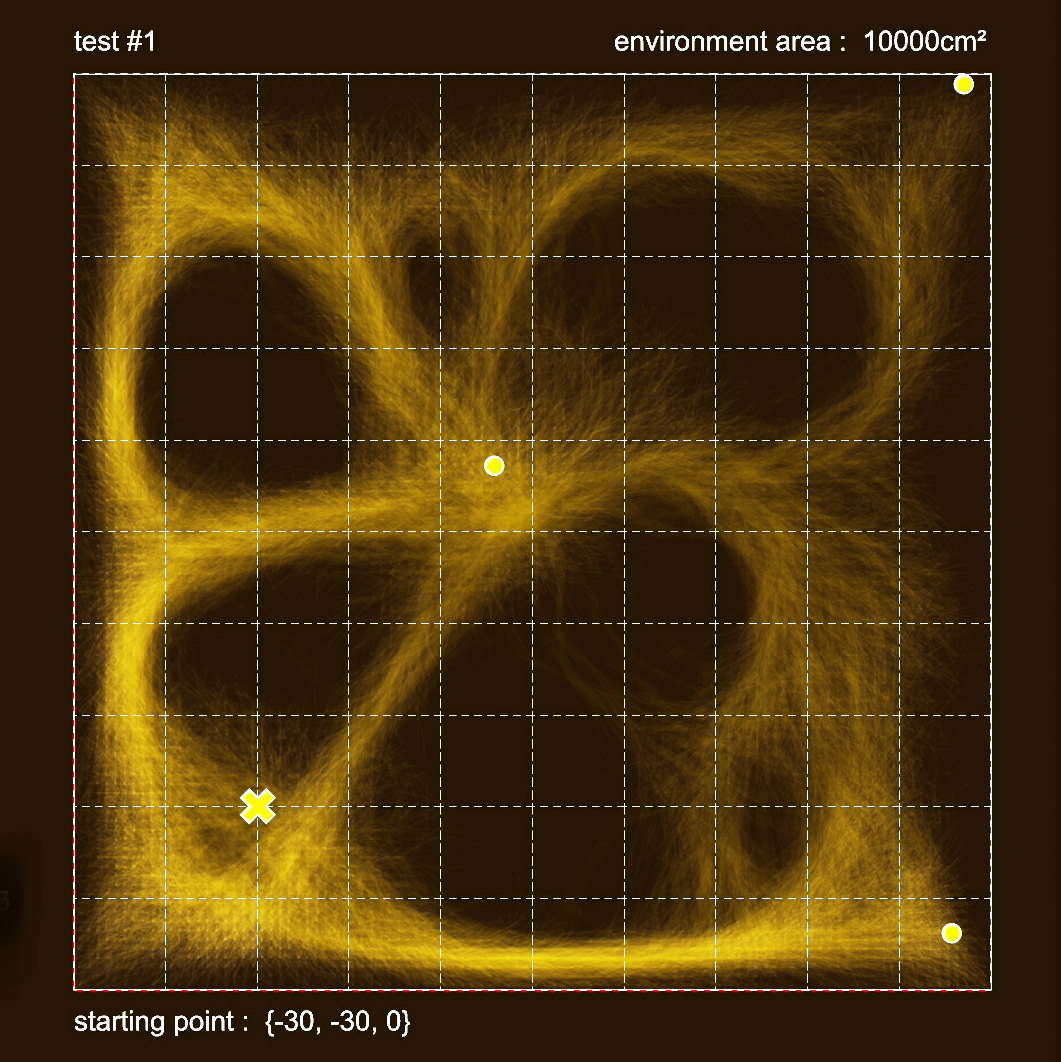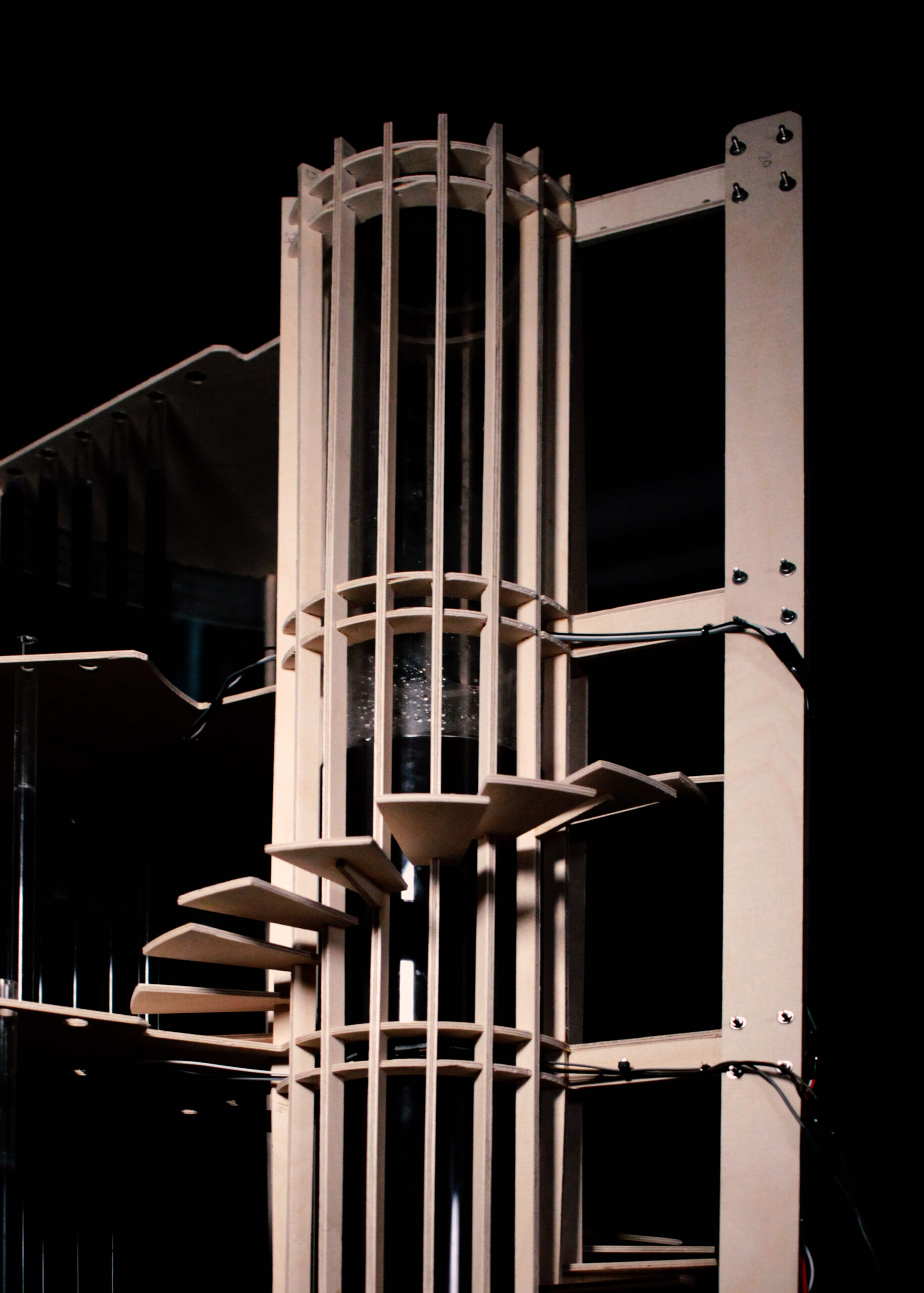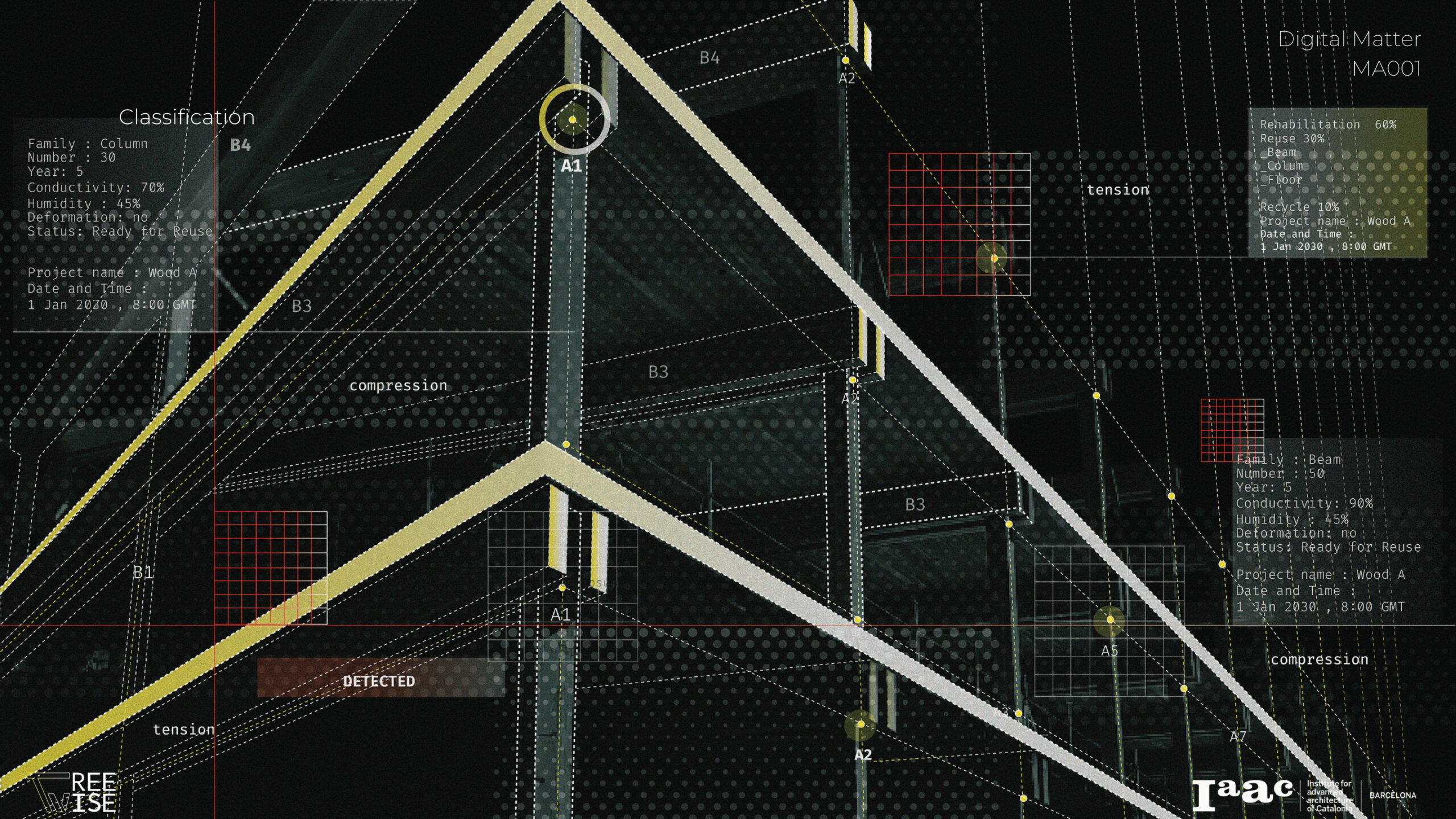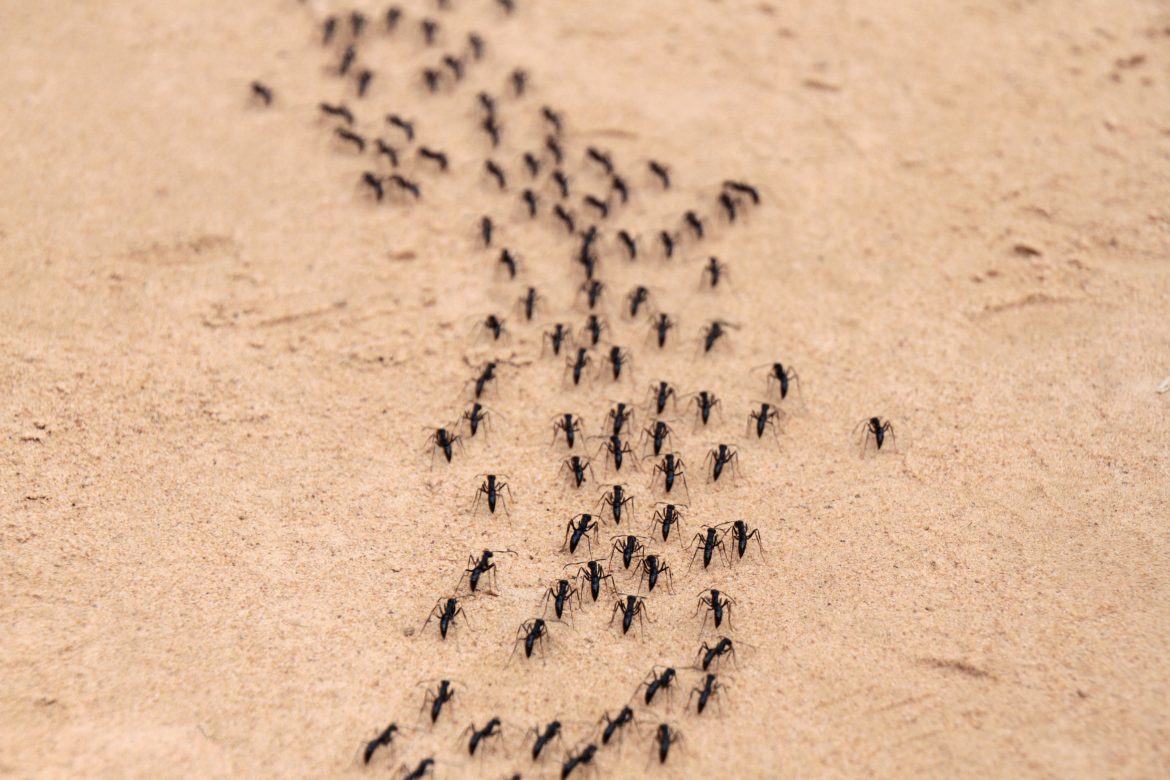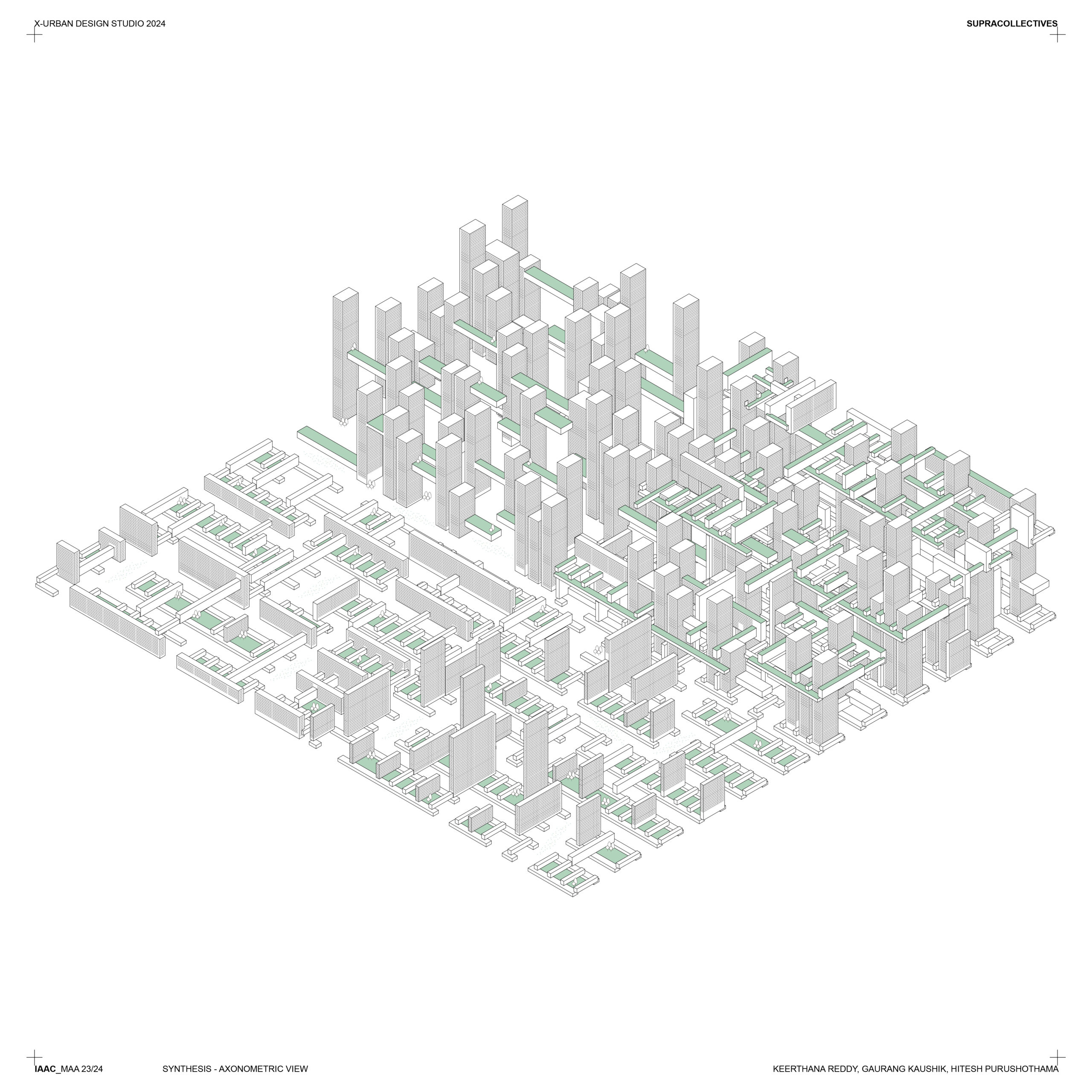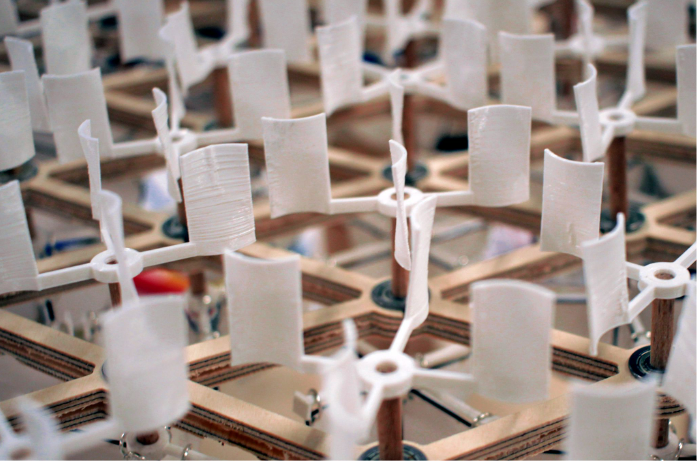Very Many
Design References Design Simulations Cladding Composition The Sandwich Panel is a combination of a top 6mm Polycarbonate Sheet with Dry Insulation and Cork forming our inner layers and to finish it off with a 6mm thk Polycarbonate Sheet at the bottom. Fabrication Process Using plywood as a base for dowels, which would serve as lateral … Read more

